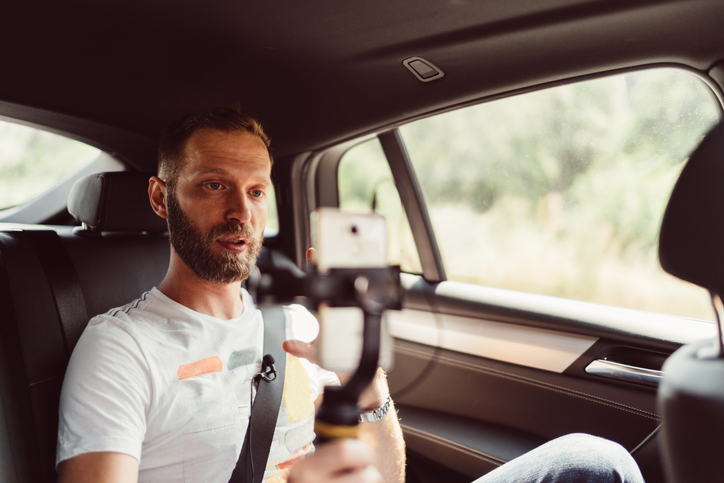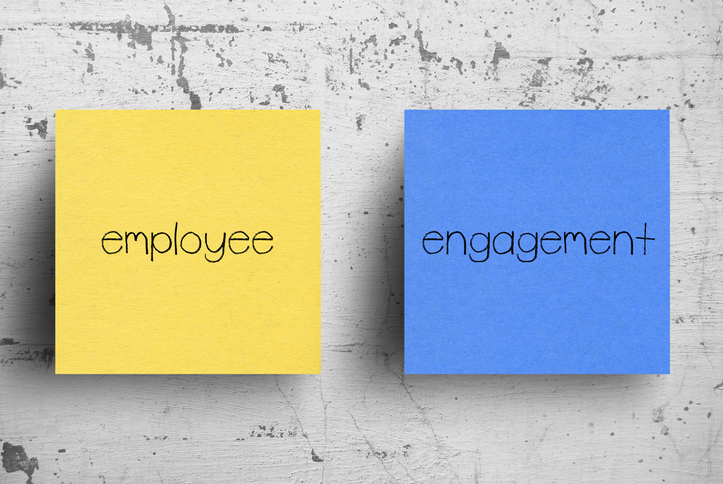Editor’s note: Carl Wong is co-founder and CEO of technology company LivingLens, Liverpool, England. This is an edited version of a post that originally appeared under the title, “How video drives impact across customer experience programs.”
User-generated video is becoming a ubiquitous part of modern life. According to research, consumers spend more than 80% of their screen time on mobile devices.
Each and every one of us now has access to the tools needed to capture and record our thoughts, feelings and opinions on a diverse range of topics.
It’s no surprise then that video is playing an ever-increasing role in customer, patient and employee experience programs, too. Organizations are able to understand their audiences better than ever before, and through new AI technologies such as machine learning, we can quickly derive data sets that inspire action and drive ever more impact.
A matter of authentic customer insight
 By utilizing video as part of their voice-of-customer (VOC) programs, organizations and brands across the world are able to get even closer to the holy grail of CX – the ability to get under the skin of what makes their customers tick, and gain insight into how their expectations can not only be met but exceeded.
By utilizing video as part of their voice-of-customer (VOC) programs, organizations and brands across the world are able to get even closer to the holy grail of CX – the ability to get under the skin of what makes their customers tick, and gain insight into how their expectations can not only be met but exceeded.
Greater use of video as part of VOC programs can also empower CX practitioners within their own organizations to drive change. With the aid of filmed customer feedback, CX professionals have the means to convey emotive stories that are both relatable and impactful when it comes down to changing internal attitudes and customer operations.
But, what does video have that other tried and tested forms of customer data capture don’t?
In short, the answer lies in its unique ability to capture authenticity and emotion. Video provides organizations with the opportunity to really hear the authentic voice of their customers, allowing them to make better business decisions quickly.
What’s more, the use of video humanizes the feedback process and helps to amplify VOC across the business.
Social media was perhaps a watershed moment in the evolution of robust CX programs. Organizations for the first time could seize the opportunity to better engage with customers, while also gaining the ability to get a step closer to their true thoughts and feelings via a more empirical analysis of sentiment and engagement frequency.
However, video now offers us the next step in this evolution. Organizations can access the thoughts and opinions of their customers using the same key barometers of perception in the physical world of human interaction, including speech, facial emotion and physical actions. Technology can even enable object recognition within videos.
It’s hard to argue with a video story. Written feedback can often be discounted by stakeholders who feel a situation could have been a “one-time” experience, or that the respondent is “not our usual customer.” Video feedback, on the other hand, is hard to ignore and can really drive change within a business.
Most importantly, video is creating a comfortable platform for customers to share deeper insight. Customers are, in essence, given free rein to talk about a product or service in the language and idioms they feel most comfortable with.
By humanizing the process, organizations are generating more customer data with better quality insight for their VOC programs and encouraging customers to engage more frequently, too.
Creating a safe space for patients to talk
According to GE Health, 81% of consumers are unsatisfied with their health care experience, indicating there is a gulf between the perceptions of providers and patients.
With an increasing focus on patient experience programs, video is playing a growing role in capturing confidential insights in the moment to guide decision-making. Video gives a qualitative dimension without sacrificing the quantitative metrics often required.
In a number of case studies, when analyzing the depth and quality of responses of patients using video versus standard free text feedback forms, the engagement responses were much higher when video was used.
This may be an indication that in the age of Instagram, Snapchat and FaceTime, video is regarded as a mainstream form of communication. Video creates a one-to-one environment and is supported by anonymization technology, like facial blurring, that makes video an easier way to provide feedback in the patients’ eyes.
Video also uncovers the emotions associated with the patient journey. With sensitive subjects such as mental health and physical trauma being difficult to capture in written form, video is creating an opportunity to delve deeper into the experience to ultimately inspire action and investment where patients need it most.
Using video to increase employee engagement
With an estimated $11 billion lost annually due to employee turnover, understanding the drivers to employee experience is an ever-increasing challenge as the war for talent increases. Organizations care not only about retaining their employees, but engaging them as well, as a more engaged workforce is the key to unlocking a loyal customer base.

Given video’s ability to capture all aspects of an individual’s emotional response to a given set of circumstances, businesses can access the right data and tell employee stories to promote organizational change.
Employees concerned with privacy can be nervous to share viewpoints relating to sensitive topics, especially in smaller organizations where identity is harder to protect. Facial blurring within video capture tools can offer a solution to these confidentiality barriers.
Capturing employee feedback with video creates a more private alternative to a focus group or face-to-face consultation, which may not always be the best method for eliciting authentic responses from individuals. The ability to use mobile devices in the comfort of their own homes, for instance, may lead to better engagement rates and deeper insights.
What’s more, giving organizations the means by which to easily collect, store and share employee feedback internally, means that HR and people teams can better understand employee drivers to increase performance and ultimately drive impact within the business.
Creating meaningful insights at scale
Although global players will no doubt already be attuned to the power of video as a tool for experience development, it’s also important to note that technology – particularly in the field of AI and machine learning – has unlocked the capabilities to create rich quantitative and qualitative data sets.
For example, through object recognition with built-in machine learning capability, the analysis of environments, brand identity and tiny sentiment indicators can be done at speed, without the need for individuals to sift through hours of film and make manual assessments.
Technology now allows vast archives of unstructured video footage to be stored and shared across teams quickly and easily in different geographies. Language barriers can be transcended, meaning that the insight gained across different global markets can be translated and meaningful. With an increased pool of footage to draw on, this can have a huge impact for companies when looking to drive action across territories by leveraging powerful customer stories.
Humanizing feedback within experience programs is a challenge being met by organizations getting closer to their audiences and technology is forging a pretty impressive path ahead. As we better analyze and disperse the data collected in shorter time horizons to drive organizational change, the big winners are our customers, patients and employees. Video is just helping us to help them.
